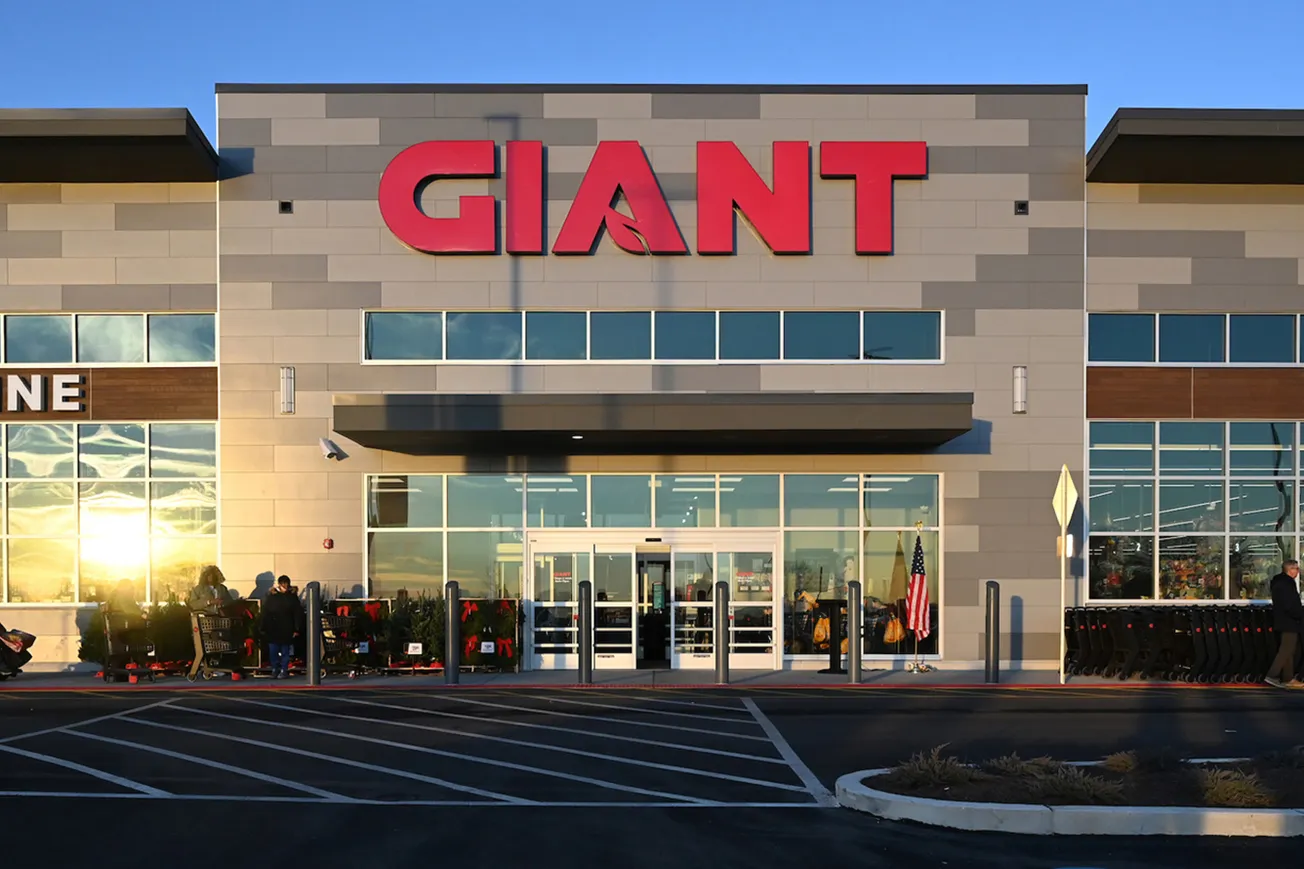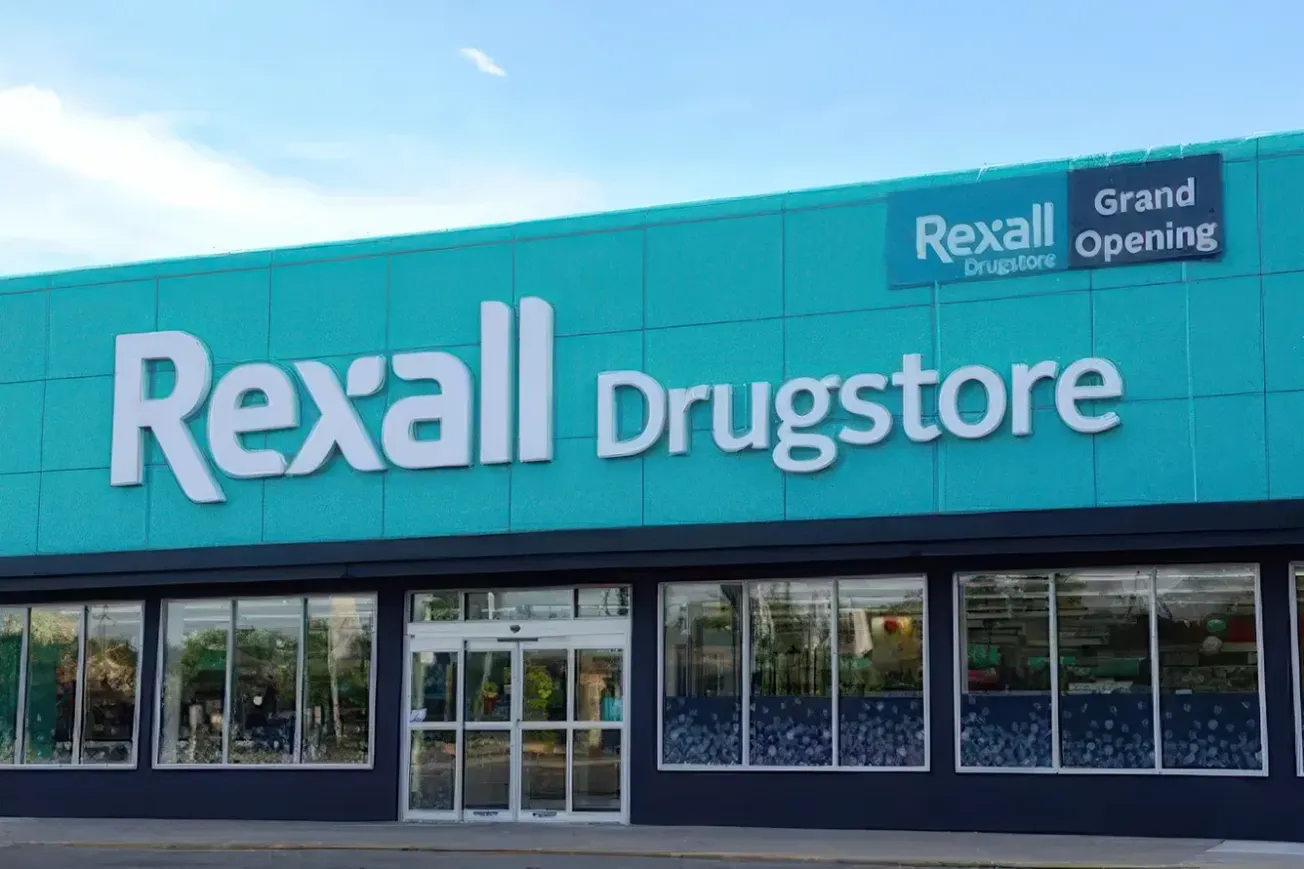Table of Contents
ISSAQUAH, Wash. — Aided by strong gasoline margins, adjusted net income rose nearly 20% at Costco Wholesale Corp. in the second quarter of fiscal 2015. Earnings easily exceeded Wall Street’s predictions, although sales fell short of analysts’ estimates.
Aided by strong gasoline margins, adjusted net income rose nearly 20% at Costco Wholesale Corp. in the second quarter of fiscal 2015. Earnings easily exceeded Wall Street’s predictions, although sales fell short of analysts’ estimates.
Reported net earnings for the 12 weeks ended February 15 vaulted 29.2% to $598 million, or $1.35 per diluted share. The bottom line includes a tax benefit of $57 million, or 13 cents per diluted share, associated with a special cash dividend paid in February to the company’s 401(k) plan participants. That gain was partially offset by a $14 million tax charge (3 cents per diluted share) stemming from ongoing income tax matters.
Excluding both tax items, adjusted income still surged 19.9% to $555 million, or $1.25 per share. Analysts polled by Thomson Reuters had expected earnings of $1.18 per share, on average.
Net sales gained 4.3% to $26.87 billion, short of the $27.65 billion expected by analysts.
Companywide comparable-club sales increased 2% (compared with a 3% rise in last year’s quarter), as U.S. warehouses turned in a 4% gain and international units were down 2% due to negative currency exchange rates. Backing out the impact of gasoline price deflation and foreign exchange, total comparable-store results, as well as U.S. and international, each would have grown 8%.
During a conference call, chief financial officer Richard Galanti told analysts that the comparable-store sales growth reflects an impressive 5.5% increase in customer traffic that was partially offset by a decline in the average transaction of slightly more than 3%. Excluding the impact of foreign exchange and gasoline prices, he added, the average transaction would have grown slightly more than 2%. The year-to-date traffic growth rate was just above 5%, he said.
Domestically, sales were strongest in the Southeast, Midwest and Northeast, while internationally Taiwan, South Korea and Mexico were the standout performers.
Looking at the comparable-store sales performance from the perspective of Costco’s core merchandising segments, food and sundries achieved a mid-single-digit increase, with candy, meat, dairy, beer and wine performing best, Galanti said. Hard lines produced low-single-digit growth, led by consumer electronics, while soft lines generated a mid-single-digit increase paced by domestics and apparel. Fresh food achieved a high-single-digit increase, led by meat, which benefited from inflation.
Membership fee revenues for the quarter gained 5.8% to $582 million, contributing to a 4.4% increase in total revenue to $27.45 billion. Galanti noted that membership fee revenue would have been up 9% at constant exchange rates. Membership renewal rates,
he added, continued to be strong, averaging 91% in the United States and Canada.
Looking more closely at operating results, second quarter gross margin expanded 54 basis points to 11.07%, while selling, general and administrative (SG&A) expense added 11 basis points to reach 9.73% of total revenue. Excluding the impact of gasoline price deflation on the cost of goods, overall gross margin would have increased 30 basis points.
Galanti pointed out that within Costco’s core merchandise categories — consisting of food and sundries, hard lines, soft lines, and fresh food, which together generate about 80% of the retailer’s sales — reported margins were up 10 basis points, but slipped 20 basis points without the impact of gas price deflation.
"Frankly, margins are fine; we’re driving sales and certainly gas prices probably give us room to continue to be aggressive," Galanti commented. "Although with gas prices going up right now, we don’t expect to see those kinds of outsize gas profits in the next quarter."
With preopening expenses climbing 12.5% to $9 million, operating income for the second quarter vaulted 21.1% to $877 million.
Second quarter interest expense rose 3.8% to $27 million, while interest and other income plunged 33.3% to $20 million, holding pretax income to a 19.5% increase to $870 million.
As a result of the tax benefit cited previously, Costco had an effective tax rate of about 30.2% in the most recent quarter, compared with 35% in the prior-year quarter.
Year-to-date net income soared 23.2% to $1.09 billion as sales rose 5.8% to $53.16 billion. With membership fees increasing by 5.9% to $1.16 billion, Costco’s total revenue advanced 5.8% to $54.32 billion. Backing out the second quarter tax items detailed above, adjusted net income for the half climbed 18.4% to $1.05 billion.
Gross margin for the first 24 weeks expanded 38 basis points to 11.05%, while SG&A expense added 8 basis points to 9.88% of revenues. Including a 25% drop in preopening expense to $24 million, operating income for the half leapt 18.3% to $1.65 billion.
With interest expense flat at $53 million and interest and other income up 14.6% to $55 million, pretax income grew faster than operating profit, rising 18.9% to $1.65 billion.
Costco opened nine new clubs in the 24 weeks (all in the first quarter), including one relocation, giving it 671 warehouse clubs, a year-over-year increase of 22. Of the planned second half openings, 10 will be in the United States and 10 will be international.





